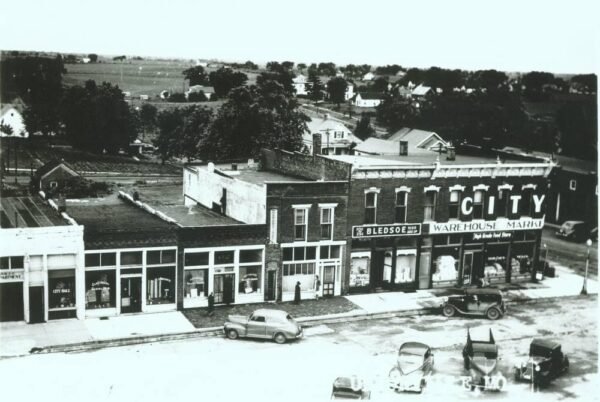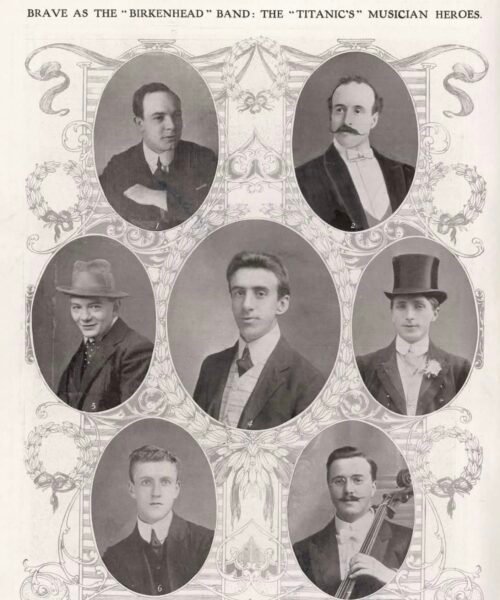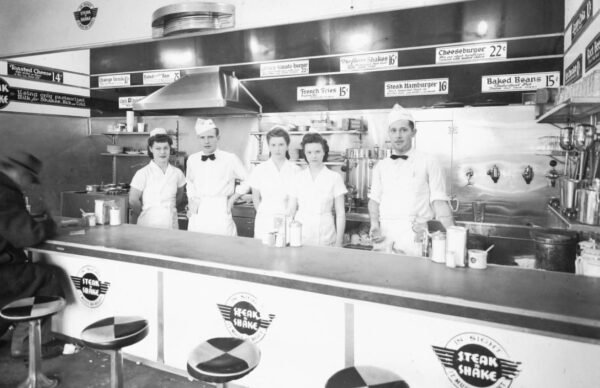Marilyn Monroe and Arthur Miller’s relationship remains one of the most fascinating and unexpected unions in 20th-century pop culture. She was the quintessential Hollywood icon, dazzling audiences with her beauty and charm, while he was a towering figure in American literature, known for his deeply introspective plays. Their worlds could not have been more different—Marilyn embodied glamour and allure, while Miller represented intellectualism and artistic depth. Yet, their connection went far beyond surface-level attraction, forming a love story that continues to captivate audiences decades later.
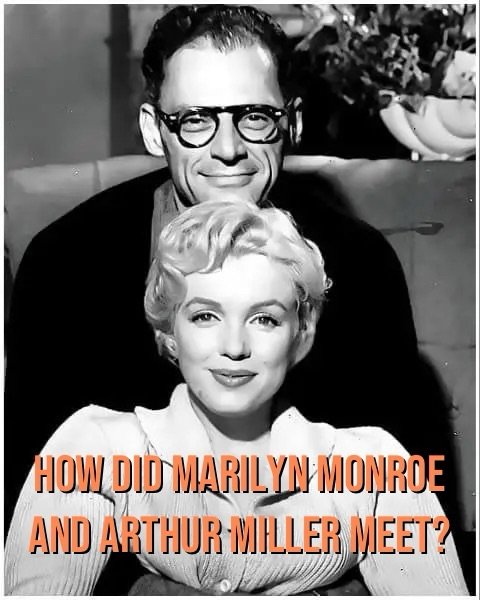
Their romance, filled with moments of passion, tension, and vulnerability, reflected the pressures of fame and the struggle for authenticity. At its core, their relationship was a complex blend of admiration, personal challenges, and the weight of public scrutiny. This article delves into the life they shared, exploring how these two icons from vastly different realms came together, and how their union shaped not only their lives but also their creative legacies.
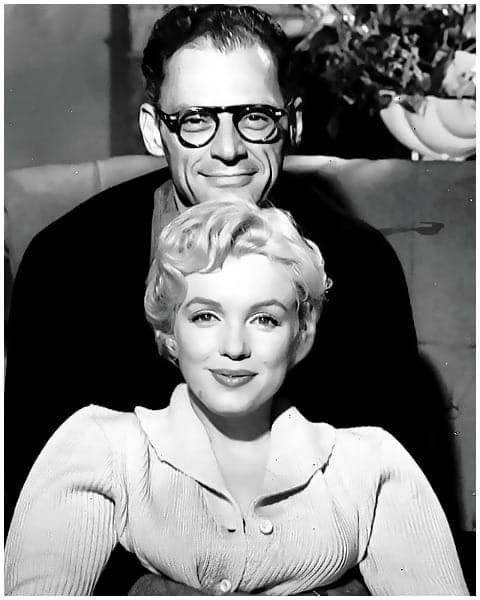
How Did Marilyn Monroe and Arthur Miller Meet?
The story of how Marilyn Monroe and Arthur Miller first crossed paths is rooted in the stark contrast of their worlds. They were introduced in the early 1950s, during a time when Marilyn was navigating the height of her Hollywood stardom and Arthur was cementing his reputation as a brilliant playwright. Their meeting occurred at a party, arranged by Hollywood director Elia Kazan, where their mutual curiosity was piqued despite their differing spheres of influence.
For Marilyn, Miller was an enigma—intellectual and grounded, a stark departure from the glamorous and often superficial Hollywood elite she was accustomed to. For Miller, Marilyn represented an allure he could not ignore, a figure who embodied a mix of vulnerability and strength. Their connection deepened over the years, especially as Marilyn began to seek meaning and fulfillment beyond her bombshell image, yearning for intellectual depth and serious acting opportunities.
At the time of their initial connection, Marilyn was still married to baseball legend Joe DiMaggio, a union that was already fraught with issues. By the time her divorce from DiMaggio was finalized in 1955, Marilyn and Miller’s relationship had begun to blossom. Despite public skepticism about their differences, the pair forged a bond built on shared admiration and a desire for personal growth, setting the stage for one of Hollywood’s most unlikely love stories.

The Marriage of Marilyn Monroe and Arthur Miller
Marilyn Monroe and Arthur Miller’s relationship became official when they tied the knot on June 29, 1956, in a private civil ceremony, followed by a more traditional Jewish ceremony two days later. The union symbolized a blend of Hollywood’s glamour and the intellectual world of American theater, capturing the public’s fascination. While their marriage was widely covered by the media, the couple yearned for privacy, finding solace in their secluded home in Amagansett, New York.
At their retreat, Marilyn focused on personal growth, diving into acting studies and devouring literature. She was determined to shed her one-dimensional image as a blonde bombshell and to be taken seriously as an actress and a thinker. Miller, deeply inspired by Marilyn’s vulnerability and determination, supported her ambitions. During this time, he worked on the screenplay for The Misfits, which he wrote specifically for Marilyn to showcase her talents.
Their idyllic retreat, however, could not shield them from the challenges that loomed. Marilyn’s struggles with fame, her insecurities, and her growing dependence on substances began to take a toll on their relationship. The weight of the media’s gaze added pressure, with every move scrutinized. Despite the difficulties, the couple’s time in Amagansett was one of the few moments of peace in their marriage, immortalized in a 1957 photograph that shows them together in a rare moment of calm.
For more on the dynamic between Marilyn and Arthur during their marriage, explore this detailed perspective on their challenges in the BBC’s coverage of their relationship.

What Did Arthur Miller Write in His Diary About Marilyn Monroe?
Arthur Miller’s private writings reveal much about the complexities of his relationship with Marilyn Monroe. In his diary, he chronicled the emotional challenges they faced, often detailing his frustrations and his deep affection for her. His notes from the time express a man torn between his admiration for Marilyn’s unique spirit and the emotional toll of her insecurities and struggles.
During the filming of The Prince and the Showgirl in 1957, Miller’s diary captured his feelings of helplessness as Marilyn battled her inner demons and increasing dependence on prescription drugs. He wrote candidly about the strain her emotional instability placed on their marriage, admitting guilt over his inability to shield her from the pressures of fame. Yet, despite these challenges, his writings also demonstrate his respect for her talent and determination to redefine herself beyond her glamorous image.
These raw entries provide an intimate glimpse into their relationship, offering context to why their union ultimately faltered. For a deeper exploration of Miller’s reflections during this period, read the BBC’s insightful analysis.
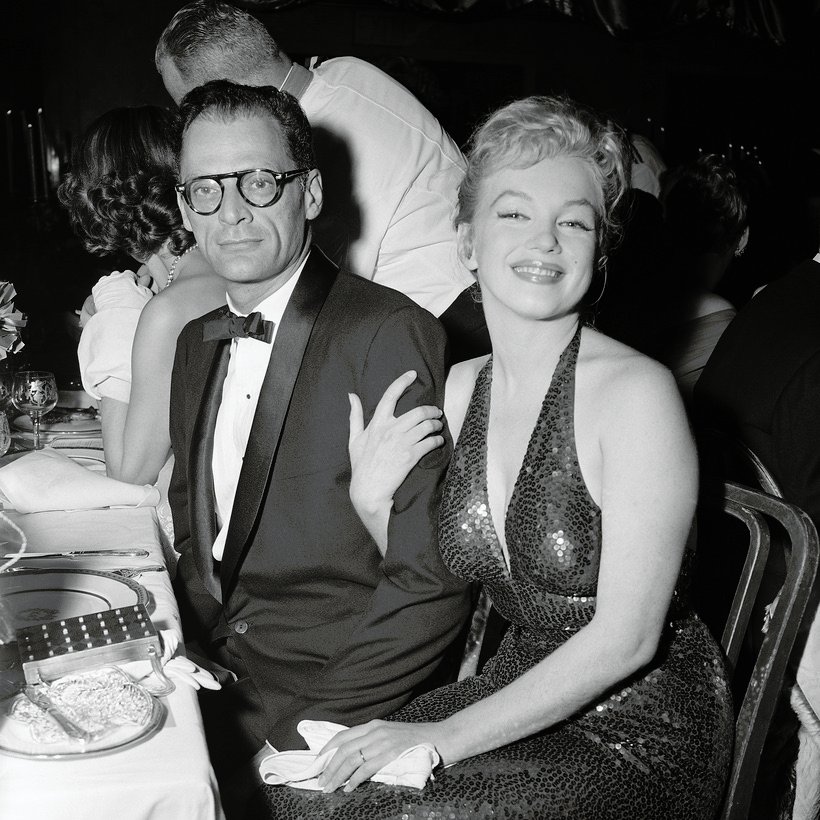
Why Did Arthur Miller Divorce Marilyn Monroe?
The marriage of Marilyn Monroe and Arthur Miller, despite its moments of genuine affection, began unraveling due to an accumulation of personal and professional pressures. One of the defining periods that exposed these cracks was during the filming of The Prince and the Showgirl in 1957. While Miller accompanied Marilyn to England for the production, the tensions between them grew increasingly apparent.
Marilyn’s desire to be seen as a serious actress clashed with the immense pressure she faced from the public and industry. Her insecurities, coupled with her struggles with addiction, created an emotional distance that Miller struggled to bridge. At the same time, Miller’s intellectual temperament and introspection often left Marilyn feeling unsupported, despite his efforts to guide her through the challenges.
Miller admitted in later interviews and writings that their marriage became a source of frustration for both of them. His feelings of inadequacy, combined with the relentless scrutiny of their union, contributed to the eventual breakdown. The release of The Misfits in 1961, a film Miller had written specifically for Marilyn, marked the end of their partnership. Though it was intended as a gift to highlight her talent, the production’s emotional strain deepened their divide. They finalized their divorce that same year.
For more insights into their turbulent relationship and the cultural context surrounding their split, explore this Esquire piece on their complex love story.

Did Marilyn Monroe and Arthur Miller Have a Baby?
Throughout their marriage, Marilyn Monroe and Arthur Miller longed to start a family, but their dreams were met with heartbreak. Marilyn experienced at least one known miscarriage during their relationship, which deeply affected both her physical and emotional well-being. Her struggles with endometriosis, a painful medical condition, made carrying a pregnancy to term particularly difficult.
This loss placed an additional strain on their already fragile relationship. Marilyn’s desire for motherhood was tied to her longing for stability and a sense of personal fulfillment beyond her public persona. Miller, while supportive, found himself grappling with his inability to ease her pain or shield her from the emotional turmoil that accompanied these experiences.
These personal tragedies reflected the broader challenges in their marriage—Marilyn’s inner battles and the pressures of her career often clashed with Miller’s quiet introspection. Their shared grief over not having children became one of many unresolved tensions that ultimately contributed to their separation.

How Did Arthur Miller React to Marilyn Monroe’s Death?
When Marilyn Monroe tragically passed away in 1962 at the age of 36, Arthur Miller chose not to attend her funeral, a decision that surprised many. His absence, however, was not due to indifference; rather, it was a reflection of his discomfort with the spectacle surrounding her death. Miller believed that Marilyn had been exploited by those around her, even in death, and he refused to participate in what he called a “circus.”
In his later writings, Miller expressed profound grief and anger over Marilyn’s passing, describing her as a person deeply misunderstood by the world. He lamented the pressures of fame that had haunted her life and the lack of genuine care from those who claimed to support her. Her struggles with mental health, substance abuse, and relentless media scrutiny left a lasting impression on him, influencing some of his later works.
For Miller, Marilyn’s death was not just a personal loss but a poignant reminder of the darker side of celebrity culture. It underscored the emotional weight she carried throughout their marriage and the vulnerability she had long tried to mask behind her radiant public image.
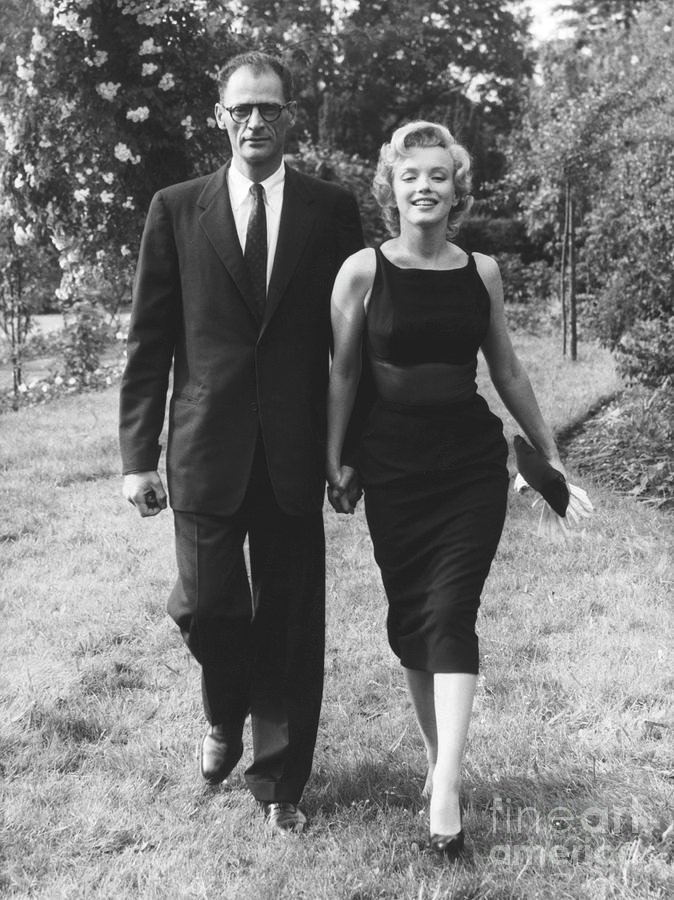
What Are 5 Interesting Facts About Arthur Miller?
Arthur Miller’s legacy extends far beyond his marriage to Marilyn Monroe, with his life offering fascinating insights into his character and influence on American culture. Here are five noteworthy facts about the celebrated playwright:
- A Literary Giant: Miller’s plays, including Death of a Salesman and The Crucible, are regarded as masterpieces that dissect the human condition and societal issues. His works remain staples in theater and literature, studied worldwide for their depth and relevance.
- Defying McCarthyism: During the Red Scare of the 1950s, Miller stood firm against the House Un-American Activities Committee, refusing to name names when questioned about alleged communist affiliations. This act of defiance made him a symbol of artistic integrity and courage.
- Four Marriages: Miller married four times, with each union reflecting different phases of his life. Beyond Marilyn Monroe, his other spouses included Mary Grace Slattery, photographer Inge Morath, and Austrian artist Agnes Barley.
- Screenplay for The Misfits: Written specifically for Marilyn Monroe, The Misfits was Miller’s attempt to highlight her serious acting abilities. The film, starring Clark Gable, remains a bittersweet marker of both their creative collaboration and the end of their marriage.
- A Lifelong Commitment to Social Issues: Miller used his platform to address themes of injustice, morality, and human dignity, making his work as relevant today as it was during his lifetime.
For more on influential figures from Miller’s era, check out these cultural explorations, including one on Betty White’s legendary life.
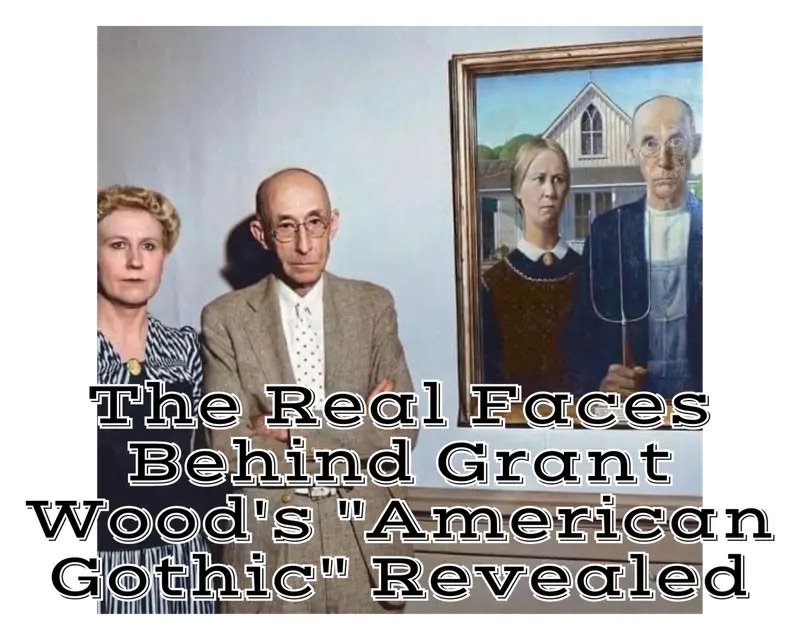
How Many Times Did Arthur Miller Marry?
Arthur Miller was married four times over the course of his life, with each relationship reflecting different aspects of his personal and professional journey.
- Mary Grace Slattery (1940–1956): Miller’s first marriage to his college sweetheart lasted 16 years and produced two children. However, their union ended as Miller’s growing fame and his relationship with Marilyn Monroe drew him into a new chapter of his life.
- Marilyn Monroe (1956–1961): His second and most high-profile marriage was to Hollywood icon Marilyn Monroe. Their union captivated the public, blending the glitz of Hollywood with the depth of literature. Despite their connection, the pressures of fame and personal struggles led to their eventual divorce.
- Inge Morath (1962–2002): Miller found lasting companionship with photographer Inge Morath, whom he married shortly after his divorce from Monroe. Their marriage, which lasted 40 years until Morath’s death, was marked by shared creative pursuits and a quieter life. They had two children together.
- Agnes Barley (2004–2005): In his later years, Miller entered a relationship with artist Agnes Barley, but he passed away before they could marry.
Miller’s personal life was as complex as his works, with each relationship influencing his perspective and creativity. For more on Miller’s time and the stories of his era, explore this account of 1950s life through the lens of cultural history.

The End of Their Marriage and Its Lasting Impact
The final years of Marilyn Monroe and Arthur Miller’s marriage were marked by growing tension and personal challenges. By 1960, as Miller worked on The Misfits, a screenplay tailored for Marilyn, their relationship was already unraveling. The film, meant to showcase her dramatic abilities, instead highlighted the deep fissures in their partnership. Marilyn’s ongoing struggles with addiction, combined with the grueling production schedule, created an emotionally charged atmosphere that neither could escape.
The strain of their differences became insurmountable. Miller, frustrated by his inability to help Marilyn overcome her insecurities and health struggles, began to distance himself emotionally. For Marilyn, the pressure to live up to the public’s expectations and her desire for personal validation weighed heavily. In January 1961, the couple officially divorced, bringing their tumultuous five-year marriage to an end.
Despite their separation, the impact of their relationship endured. The Misfits became a cultural milestone, remembered as both Marilyn’s final film and a poignant reflection of their troubled love story. Miller, though he rarely spoke openly about Marilyn in later years, carried the experiences of their marriage into his work, exploring themes of vulnerability and the destructive nature of fame.
This union between two icons—one of Hollywood and one of literature—remains a compelling tale of love, ambition, and the price of living in the spotlight. For more on how these forces shaped cultural history, explore this exploration of mid-century America.

The Iconic Amagansett Photograph
One of the most enduring images of Marilyn Monroe and Arthur Miller’s relationship is a 1957 photograph taken at their home in Amagansett, New York. The picture captures the couple during a brief period of tranquility, away from the relentless glare of Hollywood and the literary spotlight. Marilyn, radiant yet subdued, stands beside Miller, who exudes his characteristic thoughtful demeanor.
This photograph, often romanticized, reflects more than just a moment of affection. It symbolizes the intersection of two vastly different worlds—the glamour of a Hollywood superstar and the introspection of a playwright. However, for those who look closer, the image hints at the underlying tensions between them. Marilyn’s struggle to redefine herself as more than a symbol of beauty and Miller’s quiet contemplation of their challenges are palpable.
The Amagansett retreat was their attempt to escape the pressures of fame and focus on their personal and creative lives. While the home offered them temporary respite, the cracks in their marriage continued to deepen. Today, the photograph serves as a poignant reminder of their complex relationship and the brief harmony they sought amid a whirlwind of public and personal struggles.
For insights into cultural moments that shaped this era, explore stories of 1950s life and its iconic figures.

The love story of Marilyn Monroe and Arthur Miller was as captivating as it was complicated. Their relationship, born from a shared desire for connection and growth, became a cultural touchstone that symbolized the meeting of two distinct worlds. Marilyn, the luminous star of Hollywood, and Miller, the introspective literary genius, found in each other a bond that defied expectations but ultimately succumbed to the pressures of fame, personal struggles, and conflicting needs.
Despite their challenges, their time together left an indelible mark. Marilyn’s pursuit of intellectual fulfillment was inspired, in part, by her admiration for Miller’s depth and brilliance, while Miller’s work during and after their marriage reflected the emotional complexities of their union. Their collaboration on The Misfits and the iconic Amagansett photograph stand as lasting testaments to their intertwined legacies.
Marilyn’s tragic death in 1962, just a year after their divorce, underscored the vulnerabilities she faced, while Miller continued to explore themes of humanity and resilience in his acclaimed works. Together, they remind us of the beauty and fragility of love in the spotlight, a story that continues to fascinate and resonate across generations.
For further exploration of mid-century cultural moments and personal tales, delve into stories like Betty White’s legendary journey or a family’s life in 1950s America.
As an Amazon Associate we earn from qualifying purchases through some links in our articles.

